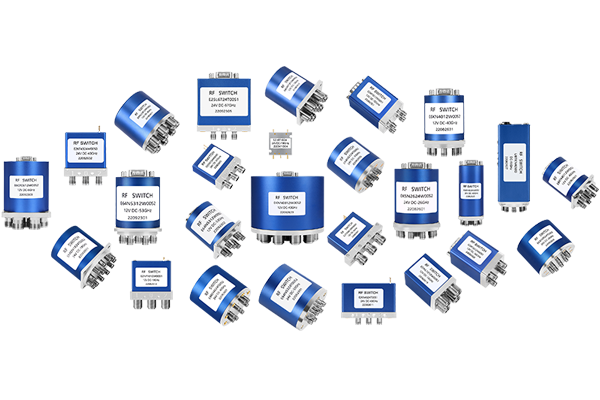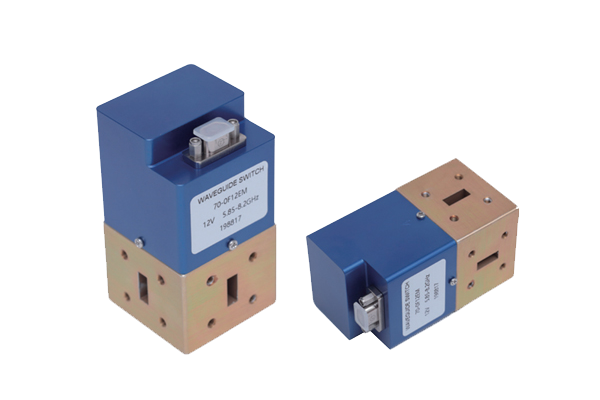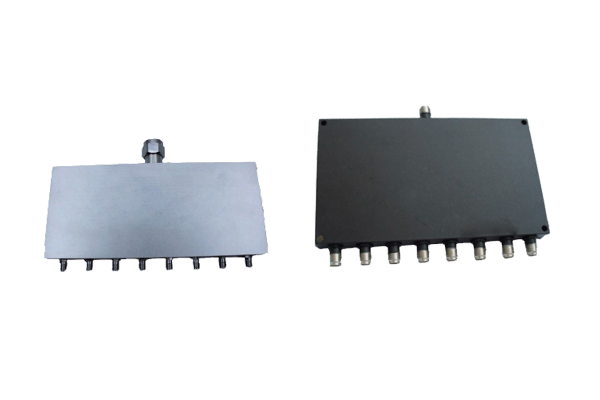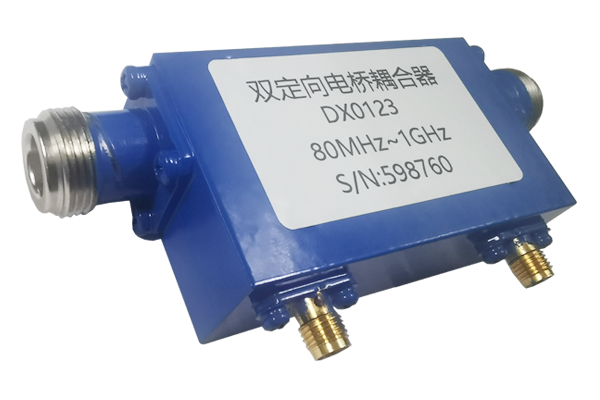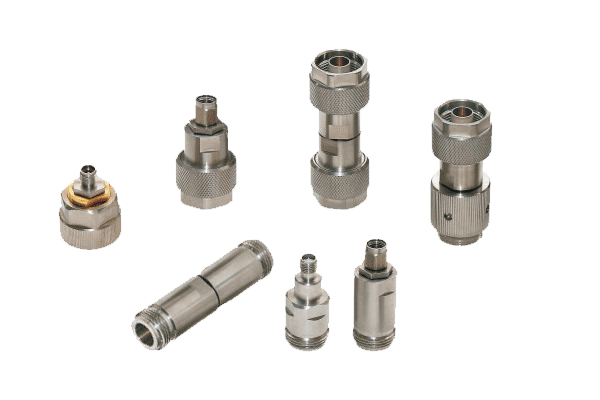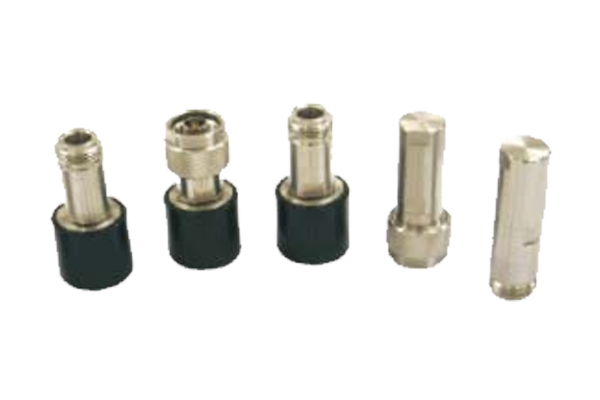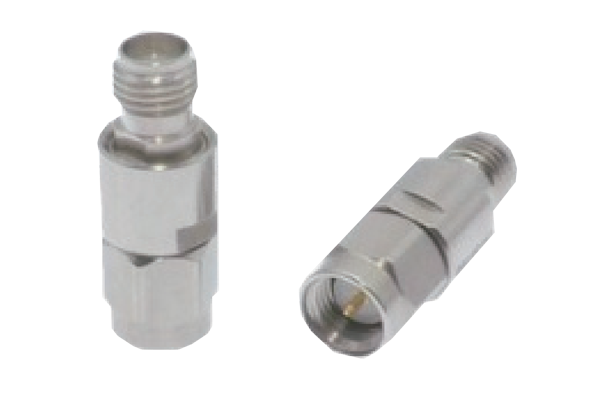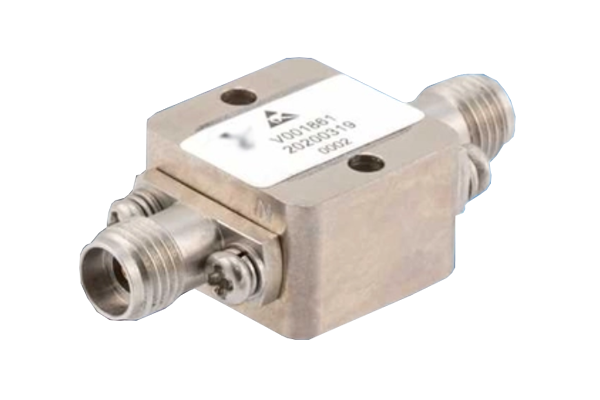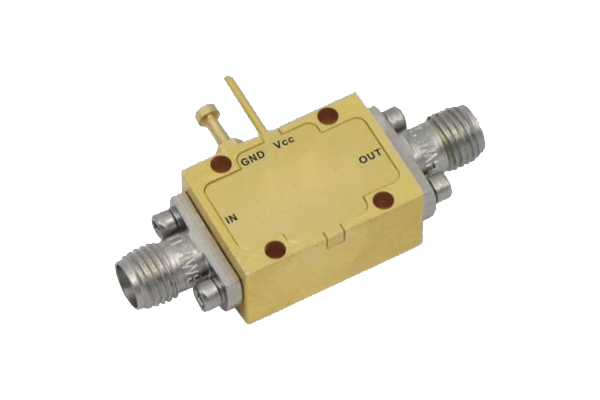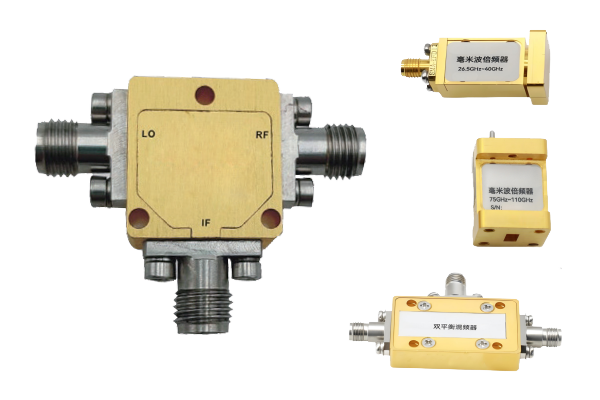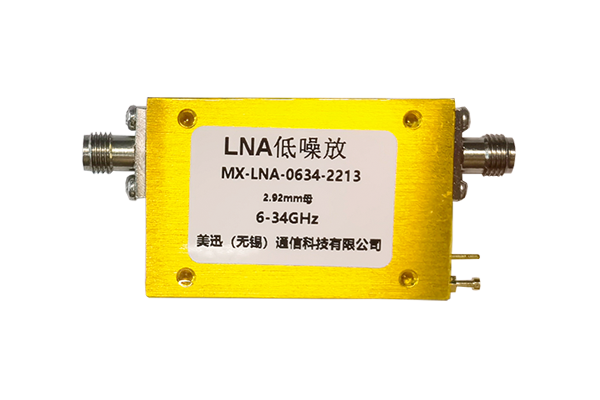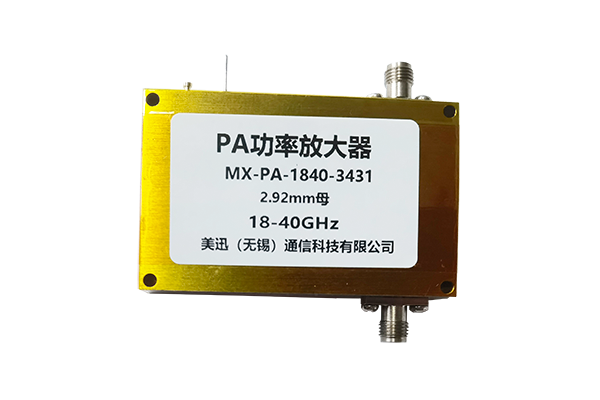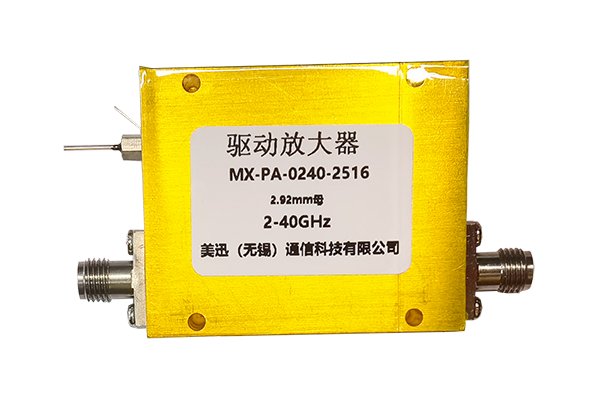How does an RF pin diode switch resist interference
Key factors affecting interference resistance of RF pin diode switches
Internal Design Determines Fundamental Interference Resistance
- The internal design of an RF pin diode switch is the core foundation for interference resistance
- High-quality products optimize the circuit layout, effectively isolating control circuits from signal transmission circuits
- Use of low-noise driver components prevents driving signal fluctuations from interfering with transmission signals
- Internal design flaws can cause noise generation or internal signal crosstalk, reducing interference resistance
External Protection Enhances Interference Resistance
- Metal shielding effectively blocks electromagnetic radiation from the external environment
- Sealing and shielding structures prevent interference signals from entering through interface gaps
- Lack of external protection makes the RF pin diode switch vulnerable to electromagnetic radiation and radio waves
- Proper shielding prevents signal transmission anomalies caused by surrounding equipment interference
Key Performance Parameters Reflect Interference Resistance
- Isolation is a key indicator - high isolation effectively blocks interference between signal channels
- High linearity reduces nonlinear distortion when processing strong signals
- Low isolation and poor linearity make the switch susceptible to interference in complex signal environments
- Proper parameters ensure signal transmission purity in challenging electromagnetic conditions
Usage Compatibility Affects Actual Interference Resistance
- Poor impedance matching can generate signal reflections, creating interference sources
- Instability in driver circuit voltage/current can cause diode operating state fluctuations
- Installation near strong electromagnetic interference sources exacerbates external interference effects
- Proper compatibility and environmental conditions are essential for optimal performance
The interference resistance of an RF pin diode switch depends on multiple factors including internal design, external protection, performance parameters, and usage compatibility.



